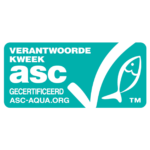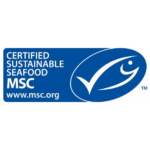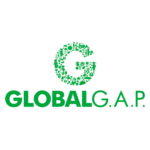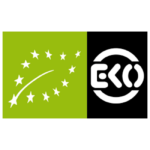Pacific oyster
Atlantic Ocean, northeast (FAO 27)
Bottom culture (aquaculture)
- Jan
- Feb
- Mar
- Apr
- May
- Jun
- Jul
- Aug
- Sep
- Oct
- Nov
- Dec
The Dutch oyster fisheries in the Grevelingen and Oosterschelde were MSCMSC:
Marine Stewardship Council, an independent, international non-profit organization that has developed an eco-label that guarantees well-managed, sustainable fisheries. Fish products that meet the criteria of the eco-label can be identified by the blue MSC logo.-certified in 2013. Despite being farmed, these oysters have received MSC-certification because the farming process takes place in a completely natural and uncontrolled state. These oyster fisheries were certified after a team of scientists determined that there is no overfishing and limited environmental impact during fishing and farming. MSC-certified Pacific oyster is farmed in bottom cultureBottom culture:
The cultivation of shellfish on shallow banks in the sea. Bottom cultivation is used to grow mussels and oysters. Due to the natural food supply in the sea, the seed of the shellfish develops into shellfish suitable for consumption..




